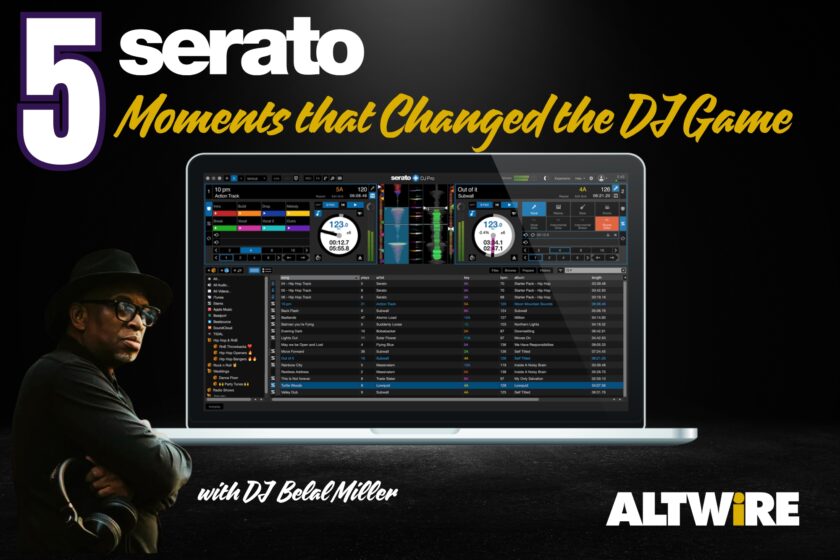…And One Move That Might Change It Again
Before Serato, being a DJ meant crates—crates of vinyl, aching backs, and praying the airline didn’t lose your records. Then came a little box that flipped the industry on its head.
Serato didn’t just modernize DJing—it redefined it. From how we travel to how we remix, Serato’s innovations shifted the entire culture.
To capture that impact, I connected with veteran DJ Belal, best known as the inspiration behind the cult-classic film House Party, a founding member of Groove B Chill, and the lifelong best friend of the legendary Biz Markie. As one of the first DJs on the classic hip-hop show circuit to rock a laptop, Belal witnessed the shift from analog to digital firsthand—and his story perfectly captures the moment the game changed forever.
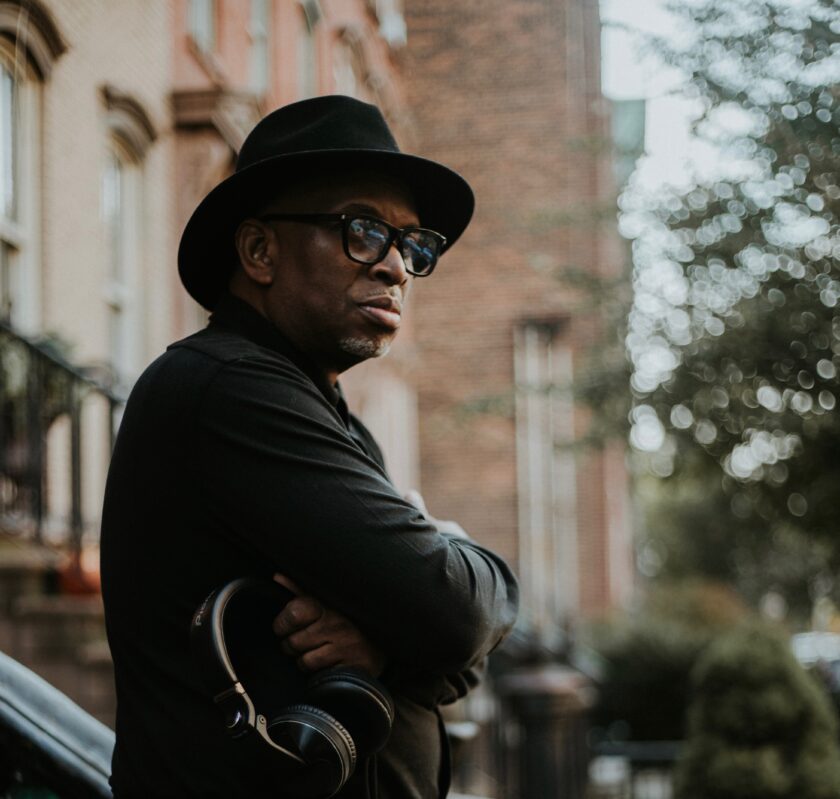
1. The Serato Box & Control Vinyl
Never carry your crates again.
Serato Scratch Live introduced a revolution: control digital files with real vinyl. The iconic Serato box and timecode vinyl gave DJs the feel they loved—with the flexibility of a digital library.
“Serato came in at a time when the labels had stopped pressing vinyl,” Belal reflects. “A lot of DJs stopped DJing—and restarted again when Serato came out.”
It wasn’t just about travel—it was about access. Suddenly, your entire music collection fit in a bag. No more warped records. No more relying on promo records or bootlegs. Serato democratized the DJ booth.
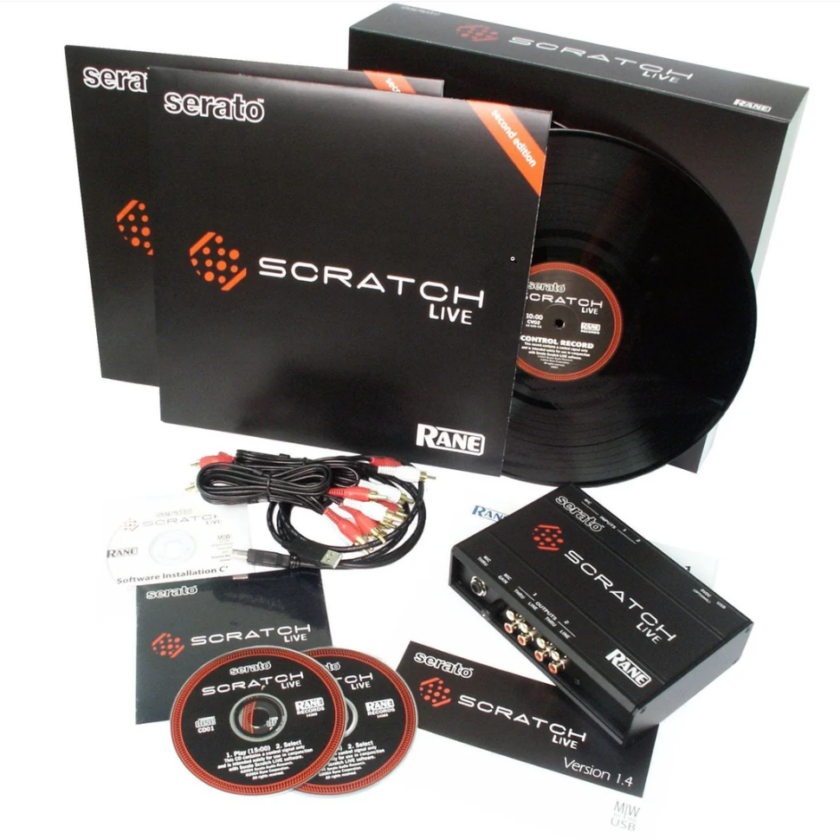
2. An ITCH for Controllers
From hobbyist gear to pro-level innovation.
When Serato launched ITCH, many dismissed it as beginner gear—bundled with lightweight controllers that didn’t exactly scream “club-ready.” But under the hood, ITCH was quietly driving innovation. Performance pads, beat grids, slicers, and tight hardware-software integration—many of these features debuted here before becoming staples in Serato DJ Pro.
Controllers like the Vestax VCI-300, Numark V7, and NS7 gave DJs a new kind of tactile control and mobility, paving the way for a generation that proved digital could still be expressive.
“After 9/11, you weren’t bringing no crates on planes,” Belal says. “That was the first big change Serato brought—less to carry, more music to play.”
The barrier to entry dropped fast. No Technics? No problem. Controllerism gave rise to a digital generation that learned from YouTube, built followings on Twitch, and turned bedroom sets into business plans.
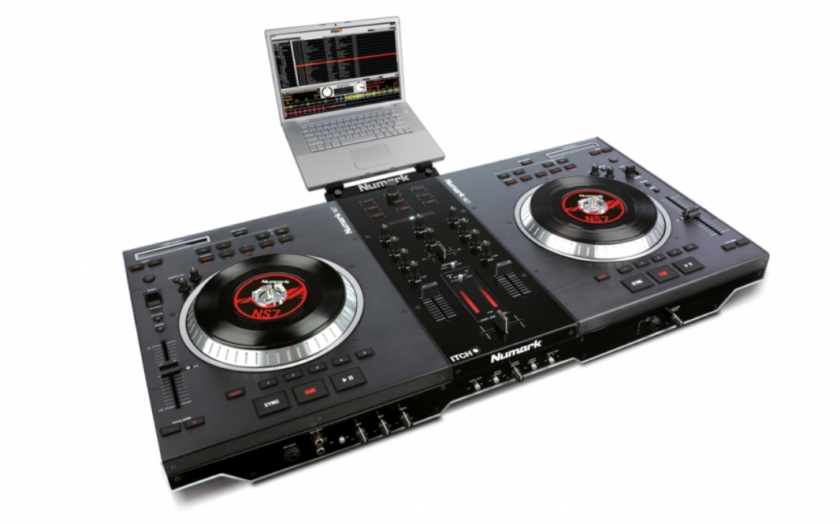
3. Serato Flip
Custom edits—without a studio.
With Serato Flip, DJs could reprogram how songs played in real-time. Want to skip the second verse? Extend a chorus? Clean up a transition? Flip gave DJs a producer’s power, no DAW required.
“The cue points… that started a whole new type of DJ. You still had to have skills—but now, you could mark, jump, and remix in real time,” Belal explained. “It was a taboo at first to hit buttons, but Serato made it musical.”
This wasn’t just a convenience—it gave DJs ownership. In a world of identical tracks and predictable playlists, Flip let DJs personalize their sets with surgical precision.
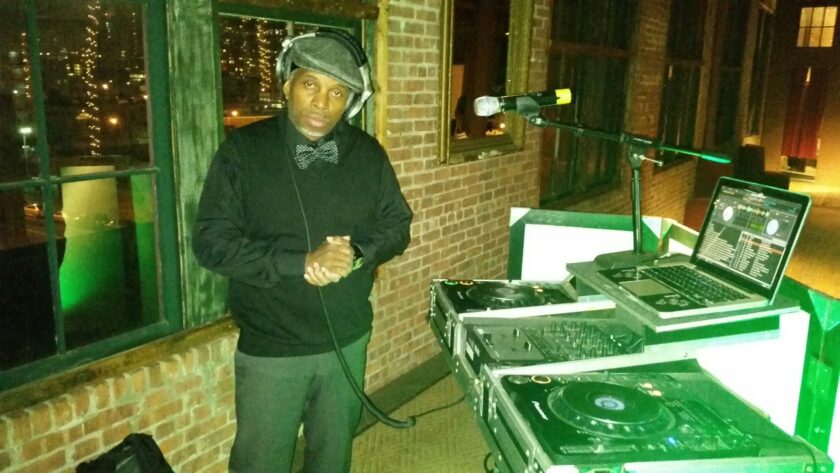
4. Streaming Integration
Access any song, anytime.
Serato was one of the first platforms to fully embrace streaming, integrating with TIDAL, SoundCloud, Beatport Link, and now, Apple Music.
It was a controversial move for purists, but a blessing for event and open-format DJs. No more panic when someone requests a deep cut you didn’t prep for.
This changed the very definition of a “crate.” Now, your crate is infinite.
5. Serato Studio
Turning DJs into producers.
While Serato DJ made its name in the booth, Serato Studio brought that same philosophy to the studio: make it intuitive, make it musical, and make it fun. Released in 2019, Studio gave DJs a beat-making platform that felt familiar; samples, cue points, and even Serato’s iconic colored waveforms, all built with the DJ mindset in mind.
Unlike traditional DAWs, Studio removed much of the technical friction. No complex routing. No steep learning curve. Just a creative runway to start building.
For DJs who’d spent years slicing loops and building crates, Studio was like Serato Flip on steroids, a natural step into remixing, editing, and original production.
More than just a tool, it was a bridge. A way for DJs to evolve into artists without leaving their comfort zone.
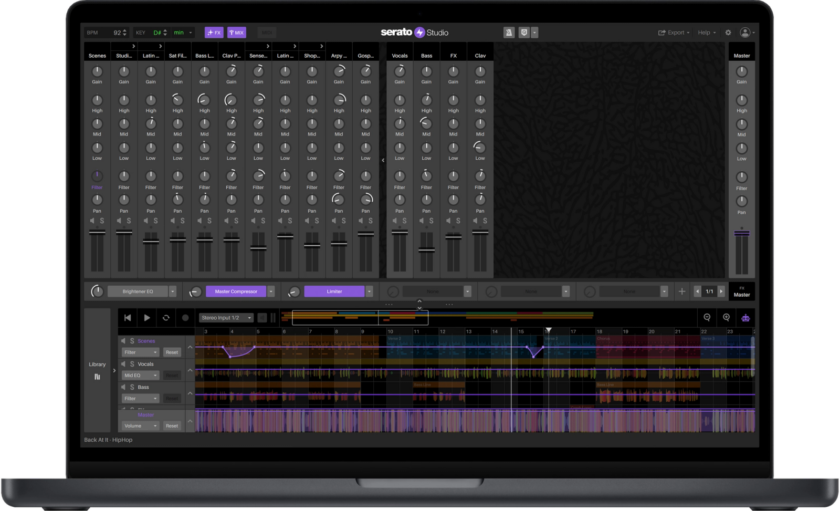
What’s Next for Serato?
One move that might change the game again.
In a surprise announcement on March 31, 2025, Canadian technology holding company Tiny Ltd. revealed it is acquiring a 66% majority stake in Serato for $66 million. The deal is expected to close in Q2 2025, marking a new chapter for one of the most iconic names in DJ software.
This move comes less than a year after Serato’s previously proposed acquisition by AlphaTheta (Pioneer DJ’s parent company) was blocked by regulators. Now, all eyes are on Tiny and what this means for Serato’s future.
With a new parent company and a strong legacy behind it, Serato stands at another crossroads. Will the Tiny acquisition usher in faster innovation, new product categories, or broader creator tools? One thing’s certain: Serato didn’t just move with the culture, it helped shape it. And it’s not done yet.
Ready to see how the next generation of DJ is evolving the game? Check out how Jay Shalé is doing it in stadiums, one drop at a time.

